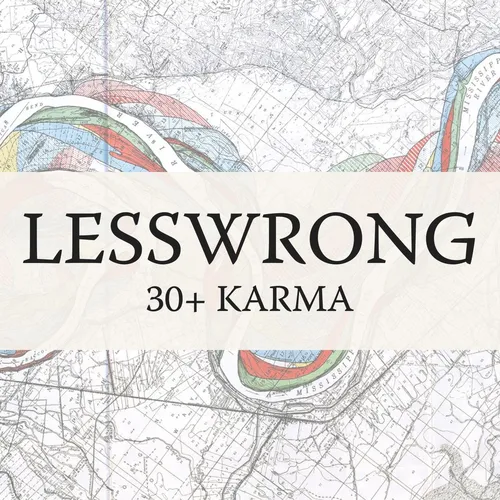“The Evolution of Agency - A Research Agenda” by Jonas Hallgren, markov
- Author
- LessWrong ([email protected])
- Published
- Sat 16 Aug 2025
- Episode Link
- https://www.lesswrong.com/posts/vqfT5QCWa66gsfziB/the-evolution-of-agency-a-research-agenda
In Douglas Hofstadter's "Gödel, Escher, Bach," he explores how simple elements give rise to complex wholes that seem to possess entirely new properties. An ant colony provides the perfect real-world example of this phenomenon - a goal directed system without much central control. This system would be considered agentic under most definitions of agency, as it is goal directed, yet what type of agent is it? Can it be multiple agents at the same time? We’ll argue that this is the case and that if we map out the ways different fields describe ant colonies we’ll be better able to solve x-risk related problems.
Introduction
Watch a harvester ant colony during its morning foraging expedition. Thousands of individual ants stream out from the nest, each following simple rules: follow pheromone trails, drop chemicals when carrying food, avoid obstacles. Yet from these basic interactions, something remarkable emerges. The colony rapidly [...]
---
Outline:
(00:47) Introduction
(06:32) A Phylogeny of Agents
(12:26) Conclusion
The original text contained 1 footnote which was omitted from this narration.
---
First published:
August 15th, 2025
Source:
https://www.lesswrong.com/posts/vqfT5QCWa66gsfziB/the-evolution-of-agency-a-research-agenda
---
Narrated by TYPE III AUDIO.
---
Images from the article:




Apple Podcasts and Spotify do not show images in the episode description. Try Pocket Casts, or another podcast app.
